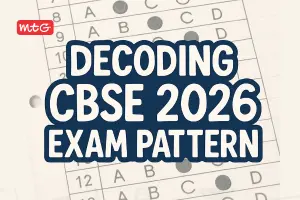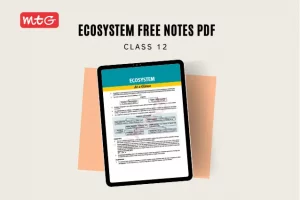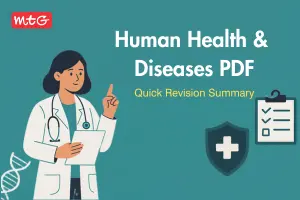
In recent years, the analytical paragraphs have become quite significant in Class 10 board exams. As they hold good weightage in board exams, students must learn to ace analytical paragraphs. Writing an analytical paragraph is a crucial skill that requires certain sets of skills and mastery. In this blog, we’ll guide you through the steps to craft a well-structured and effective analytical paragraph.
What is an Analytical Paragraph
An analytical paragraph is a type of writing that breaks down information, identifies patterns, and interprets the meaning. Such paragraphs can be data-oriented, information-oriented, and process-description-oriented. They are characterized by descriptive writing which pulls information from a short paragraph, pie and bar graphs, charts, tables, and other types of analytical data. It requires you to:
- Comprehend the given information or data
- Identify key points and relationships
- Analyze and interpret the information
- Present your findings in a clear and concise manner
Latest – 4 Steps on How to Improve Your Time Management Skills for CBSE Board
Step-by-Step Guide to Writing an Analytical Question
Step 1: Understand the data
- Go through the data or details carefully.
- Identify the purpose of the given data.
Step 2: Identify key points and relationships
- Identify the main idea and supporting details.
- Look for cause-and-effect relationships.
Step 3: Analyze and interpret the information
- Make connections between given data.
- Identify patterns and anomalies.
Step 4: Structure your paragraph
Introduction –
Introduce the topic and main idea – You can start the paragraph with phrases, such as the table suggests, the line graph indicates, the pie chart demonstrates, etc. based on the data type. Try to mention what is clearly visible in the data.
Provide context – Then move forward to giving a clear context of the chart or data given.
Body –
Present key points and analysis – Look for contrasting details, such as the largest and smallest data. Then mention the details which are similar. Then look for details that have remained unchanged throughout the data.
Explain relationships and patterns – If the chart demonstrates two different parties, don’t forget to mention both of them in the paragraph.
Conclusion –
Summarize the main points – The last paragraph should be concluding in nature which should not include any personal bias or opinion. Just include the facts given in the data.
Reiterate the significance – Finally, recollect the important facts and figures, and give a concluding remark.
Check out – 6 Mistakes Students need to Avoid 3 Months Before CBSE Board Exams
Tips for writing an effective analytical paragraph
- Use clear and concise language – Students should emphasize the use of clear and concise language in the paragraph. Always refrain from using complex language.
- Use transitional phrases (e.g., however, moreover) – Using transitional phrases, such as however, therefore, moreover, since in the paragraph adds a layer to your writing skills.
- Use active voice – The use of active voice in analytical paragraphs makes your writing skills more powerful and assertive.
- Edit and revise – In the end, check for mistakes and modify them.
Following the above steps will help the board students write a to-the-point analytical paragraph.
Important – CBSE Sample Paper Class 12 for 2024-25 Boards | FREE PDF Download






























